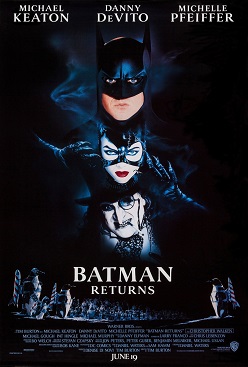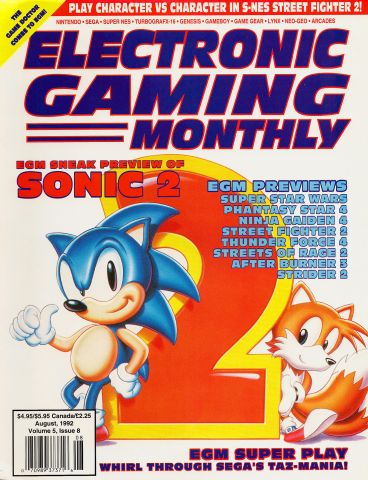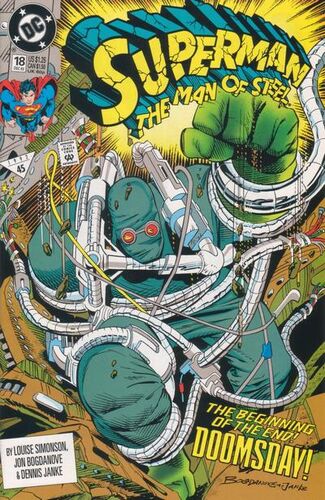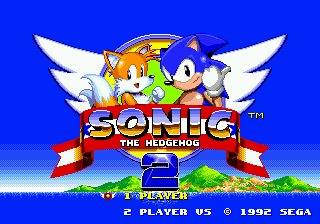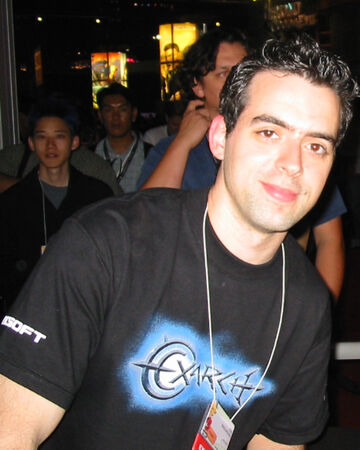UrsineTroll said:I had read that Jim Shooter’s bid for Marvel Comics was actually the second highest bid when New World Productions sold the company. A businessman named Ron Perelman put in a higher bid, but that died with him in the automobile accident that claimed his life. How different would have Marvel been if Perelman had not died? Would we still have the superhero boom of the nineties in cinema?
Cryo said:That is a tricky question to answer, but it was obvious Perelman didn’t want to buy Marvel out of fondness for the characters or a particular desire to see the company succeed. For all of his personal faults, Shooter was a lifelong fan of the medium and a proponent of creator rights that offered incentives and royalties to creators who performed. Granted, that didn’t stop Rob Liefeld from jumping ship in ‘91. Todd MacFarlane and Jim Lee had mentioned that Liefeld had been attempting to convince a walkout of Marvel’s top artists to form their own company in protest of Shooter’s policies, but no one was interested. Thus Liefeld went to DC Comics where he worked on the New (Teen) Titans spinoff, Team Titans with main series writer, Marv Wolfman. A Perelman-owned Marvel could make it quite possible that Liefeld could have been successful in organizing his walkout under different circumstances.
Liefeld wouldn’t be the only one to jump as Shooter is a rather divisive figure in comics and there were many creators who loathed the man. John Byrne was probably the most infamous example as he drew a parody of Shooter’s Starbrand character in 1987’s Legends crossover. He opted to stay at DC when he caught wind that Shooter and his partners acquired Marvel. It would be safe to assume that the Claremont/Byrne reunion on Justice League would be butterflied away.
On the multimedia front, things could have been much different than they are today. Marvel’s partnership with James Cameron and Lightstorm Entertainment in 1992 set the stage for the superhero boom. For one, it forced then-DC president Jenette Khan to reconsider her plans for a Superman-centric television series and focus instead on planning his return to the silver screen in response to Marvel/Lightstorm’s Spider-Man and X-Men announcements. There were even rumours of Christopher Reeve donning the cape again to team up with Michael Keaton’s Batman, but alas it wasn’t to be (though Brendan Fraser as the Man of Steel in Superman ‘95 was a surprisingly nice consolation prize.)
Had Perelman survived, Marvel Entertainment would be a completely different animal as the man made his millions acquiring companies. In all likelihood, he probably would have bitten off more than he could chew by buying more companies and merging them with Marvel. One wrong move, for example, acquiring the wrong distributor could have been catastrophic. Worst case scenario, Marvel could have declared bankruptcy by the late 1990s had it grown too large and that is not accounting for all other butterflies. Thankfully, this is all big, “What if?”
-Excerpted from the thread “WI Jim Shooter never returned to Marvel Comics?” on counter-history.net, April 30, 2020
--
And thus after spending the last few years contributing or ghosting pop culture threads, I have posted my own comic book themed TL.
So the PoD is Ron Perelman dying in a car crash in 1989?
Yes. I would have gone with "struck by a bolt of lightning" for how the comic book industry is still suffering because of his actions in the 90s, but thought that would be too flashy (no pun intended.) However, there will not be be any major butterflies until 1991 or the TL will begin that year.
Do you have a publishing schedule for this TL?
Honestly? Not really, I have other (non-alternate history) projects that have higher priority and a job. I only have a rough outline in my head as such. However, I will at least provide a substantial update at least once a week.
Will you cover non-superhero/comic book subjects?
If it catches my fancy, yes, but I want to focus on comic books and related media as much as I can.
Do you accept suggestions/submissions?
I do, but please PM me about it for approval.

